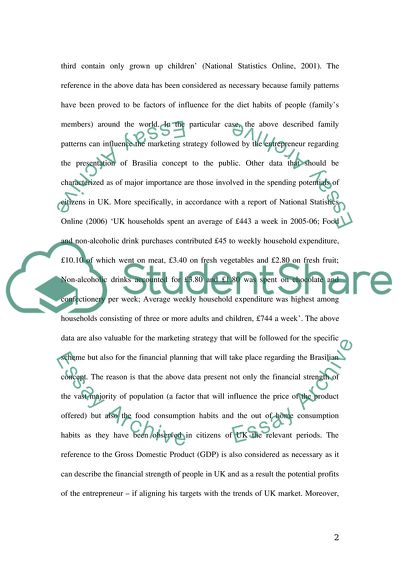Cite this document
(Brazillia Market Concept Assignment Example | Topics and Well Written Essays - 3500 words, n.d.)
Brazillia Market Concept Assignment Example | Topics and Well Written Essays - 3500 words. https://studentshare.org/marketing/1706500-brazillia-concept
Brazillia Market Concept Assignment Example | Topics and Well Written Essays - 3500 words. https://studentshare.org/marketing/1706500-brazillia-concept
(Brazillia Market Concept Assignment Example | Topics and Well Written Essays - 3500 Words)
Brazillia Market Concept Assignment Example | Topics and Well Written Essays - 3500 Words. https://studentshare.org/marketing/1706500-brazillia-concept.
Brazillia Market Concept Assignment Example | Topics and Well Written Essays - 3500 Words. https://studentshare.org/marketing/1706500-brazillia-concept.
“Brazillia Market Concept Assignment Example | Topics and Well Written Essays - 3500 Words”. https://studentshare.org/marketing/1706500-brazillia-concept.


